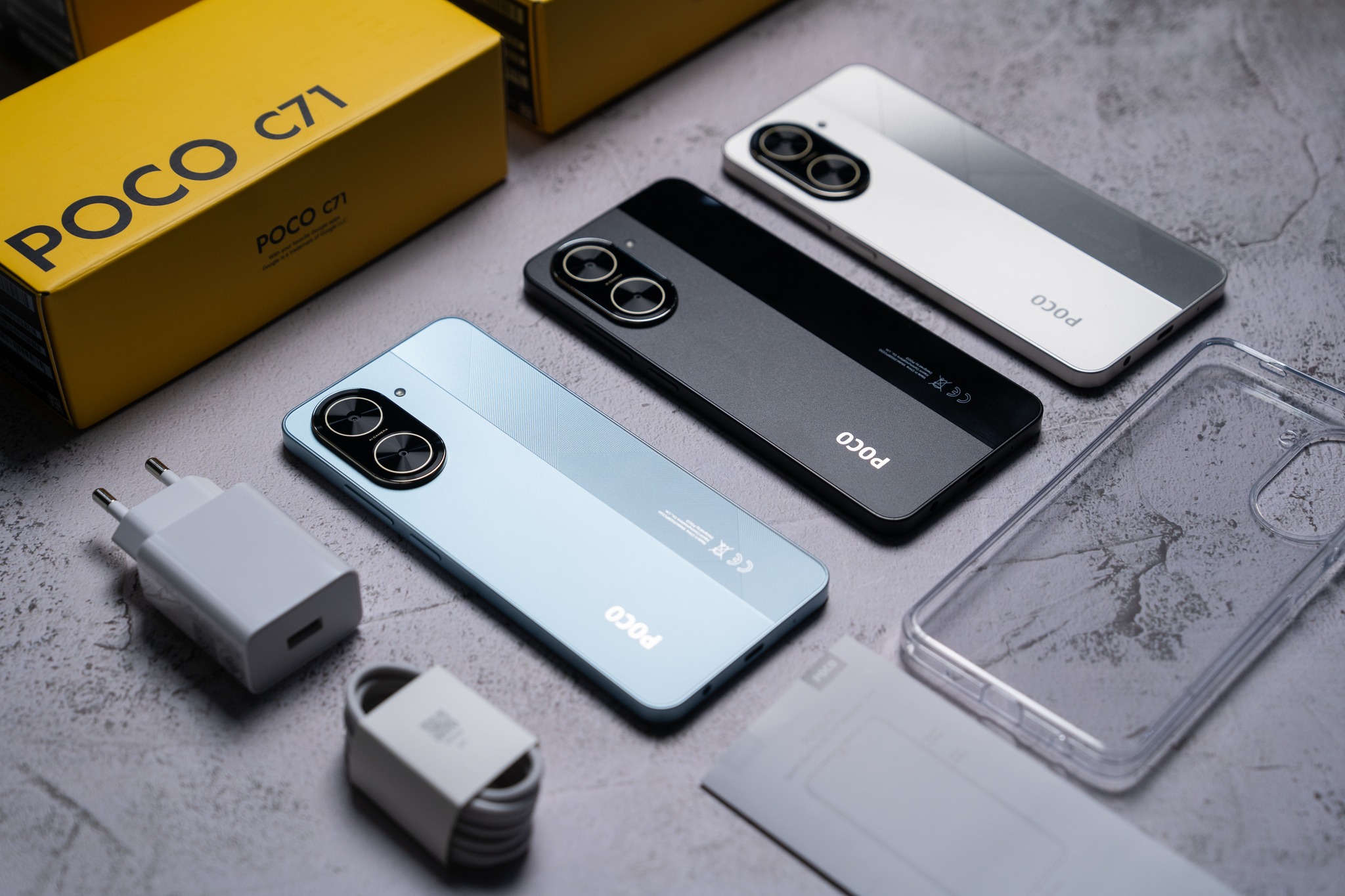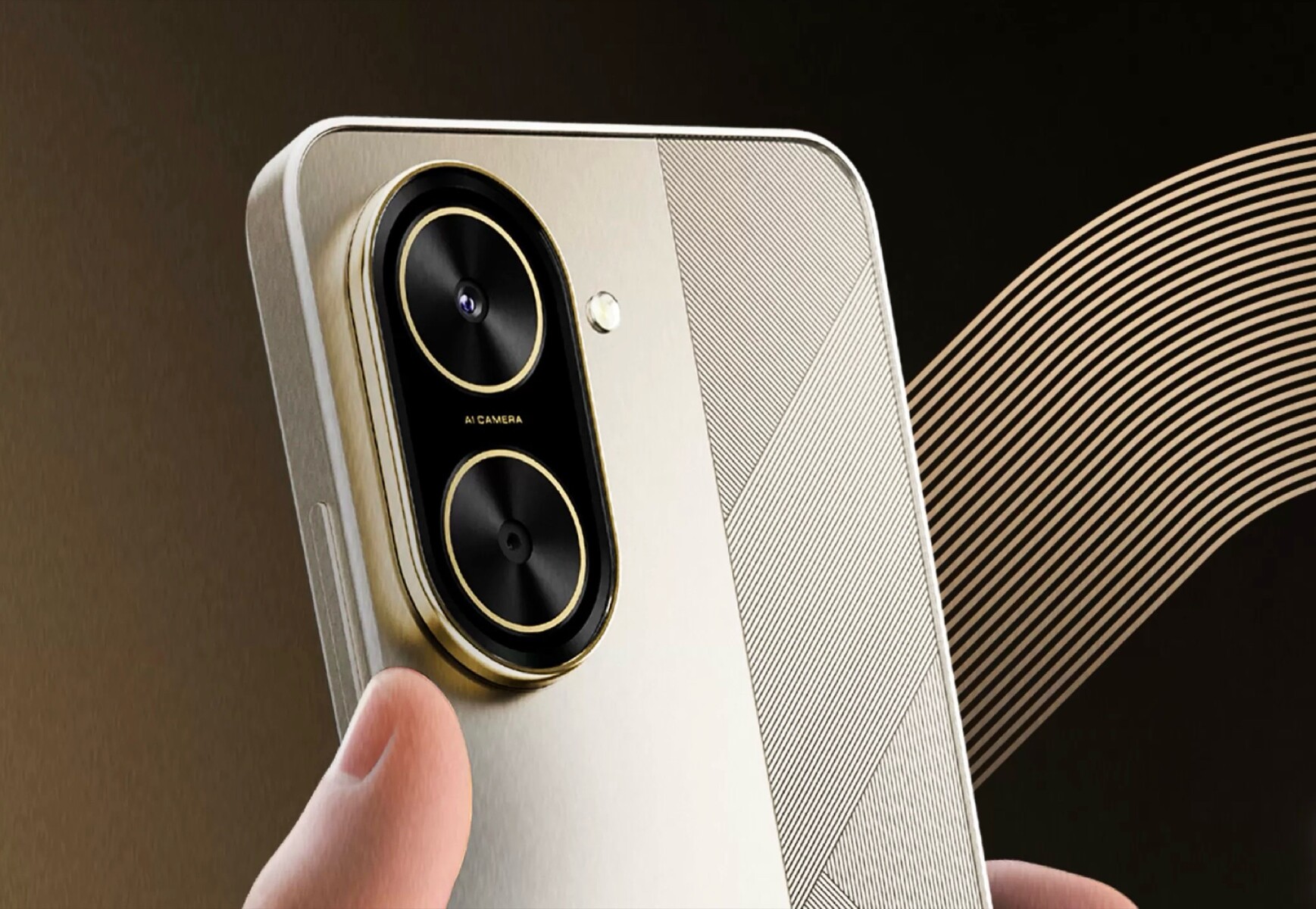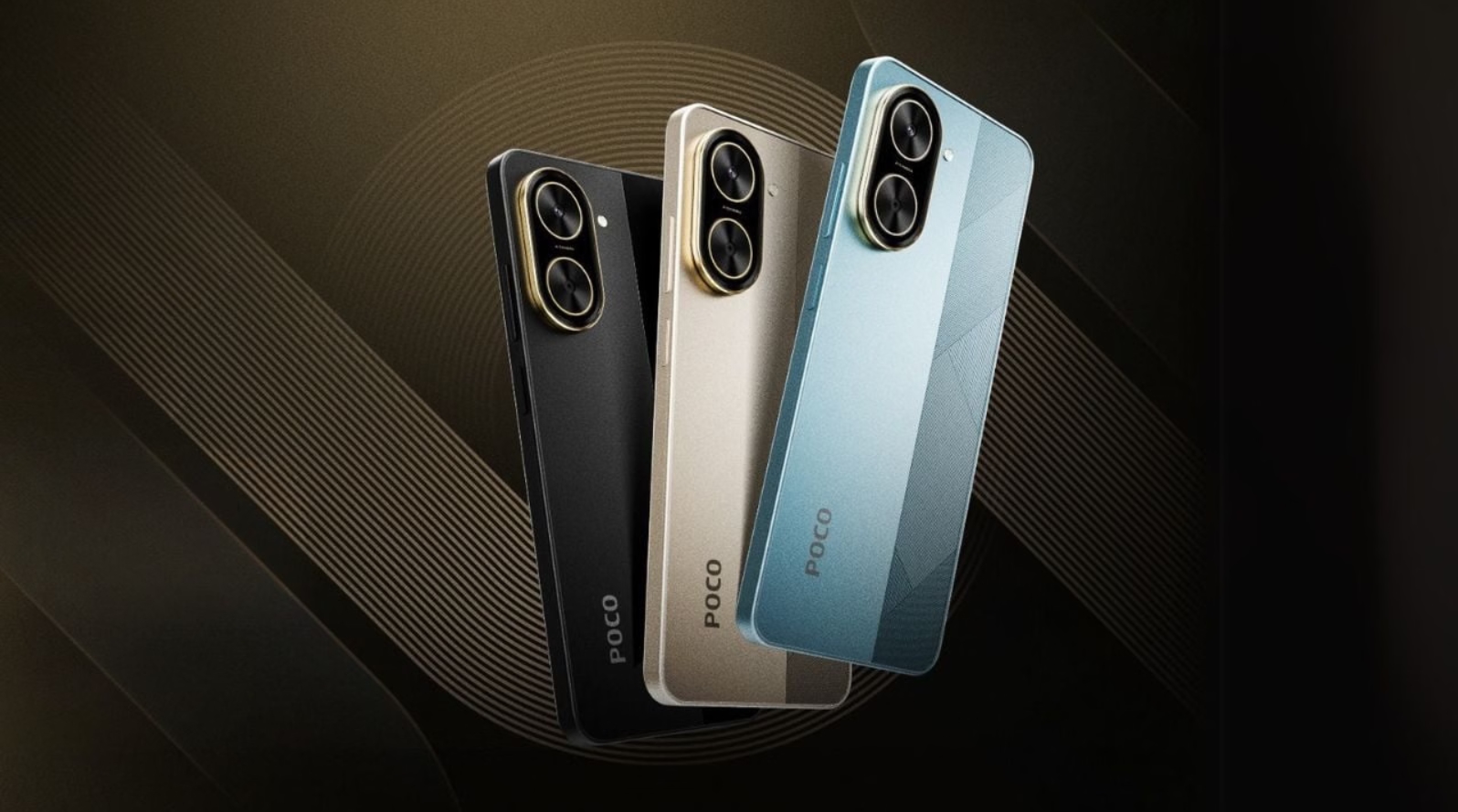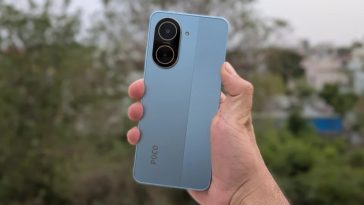In the crowded entry-level smartphone market, where consumers often have to compromise on performance, display quality, or battery life to stay within a budget, the Xiaomi POCO C71 emerges as a game-changer. Built with the brand’s signature focus on “value for money,” this device packs a surprising array of features that punch well above its price tag. After weeks of testing, we’re here to break down whether the POCO C71 lives up to the hype—and who it’s perfect for.
1. Performance: Smooth, Responsive, and Future-Proof
At the heart of the POCO C71 lies the UNISOC T7250 octa-core processor, clocked at up to 1.8GHz. On paper, this chipset is designed for entry-level devices, but in real-world use, it delivers far more than basic functionality.
– Raw Power: The processor’s 8-core architecture (combining efficient and performance-focused cores) handles daily tasks—such as browsing social media, streaming videos, and using productivity apps—without a hitch. Apps launch in under a second, and switching between 5-6 background apps (e.g., WhatsApp, Chrome, Spotify) doesn’t trigger lag or app reloads.
– Generational Leap: POCO claims the C71 is 83% faster than its predecessor, the POCO C61—and our tests confirm this. Loading time for graphically light games like *Subway Surfers* or *Candy Crush Saga* was 40% quicker than the C61, and even casual 3D games like *Asphalt Nitro* ran at a steady 30fps with minimal frame drops.
– Benchmark Validation: The device scored over 260,000 on AnTuTu, a score that outperforms most competitors in the same price range (many of which hover around 200,000-230,000). This places the C71 in a “sweet spot” for users who want more than just basic performance.
– RAM Flexibility: The POCO C71 comes with a 4GB RAM base model, but thanks to memory extension technology, users can “borrow” up to 4GB of storage to expand RAM to 8GB. This feature is a lifesaver for multitaskers—we tested it with 8 active apps, and the phone maintained responsiveness, a feat few 4GB RAM phones can match.
– Long-Term Smoothness: POCO’s software optimizations promise 36 months of “smooth as new” performance. While we can’t test 3 years of use, the device’s clean MIUI interface (with minimal bloatware) and efficient resource management suggest it won’t slow down drastically over time—unlike many budget phones that become sluggish after 12-18 months.

2. Display: Immersive, Eye-Friendly, and Perfect for Entertainment
El POCO C71‘s 6.88-inch IPS LCD screen is one of its biggest highlights. For a budget device, it offers a level of immersion and comfort that’s usually reserved for mid-range phones.
– Size and Ratio: The 6.88-inch panel has a 20:9 aspect ratio, making it ideal for watching movies or scrolling through long articles. The large screen means text is easy to read (even for users with mild vision issues), and video content fills most of the display without awkward black bars.
– Refresh and Touch Sampling: The 120Hz high refresh rate is a game-changer for everyday use. Scrolling through Instagram, Twitter, or web pages feels buttery smooth—far more fluid than the 60Hz screens on most budget phones. Paired with a 240Hz touch sampling rate, the screen responds instantly to taps and swipes, which is especially useful for gaming or typing quickly.
– Resolution and Brightness: While the 1640×720 resolution isn’t “full HD,” it’s more than adequate for the screen size. Text and icons look sharp, and video quality is crisp for streaming services like Netflix or YouTube (even at 720p). The screen also gets bright enough for outdoor use—we tested it in direct sunlight, and content remained visible without squinting.
– Eye Protection: The triple TÜV Rheinland certifications (Low Blue Light, Flicker Free, Circadian Friendly) are not just marketing gimmicks. During extended use (2+ hours of reading or gaming), we noticed significantly less eye strain compared to uncertified screens. The “Circadian Friendly” mode (available via OTA update) adjusts the screen’s color temperature to match natural light, which helps reduce sleep disruption if you use the phone at night.
3. Camera System: Punchy Photos for Everyday Moments
Budget phones often cut corners on cameras, but the POCO C71’s 32MP AI dual rear camera and 8MP front camera deliver solid results for casual photography.
– Rear Camera Performance: The 32MP main sensor (with an f/2.0 aperture) captures sharp, detailed photos in good lighting. Colors are vibrant but not over-saturated—POCO’s AI scene optimization does a great job of enhancing contrast and dynamic range without making photos look “fake.” For example, outdoor shots of landscapes had clear skies and detailed foliage, while indoor photos of food retained natural colors.
– Low-Light Improvement: POCO’s claim of 18% more light intake (compared to the C61) is noticeable in low-light conditions. While the camera still struggles in very dark environments (e.g., a dim restaurant), it handles dusk or indoor lighting well. Night mode reduces noise and brightens shadows—photos of city streets at night had visible details (like store signs) without blurriness.
– Front Camera for Selfies: The 8MP front sensor with “soft aperture” function produces natural-looking selfies. It smooths skin tones without over-smoothing (no “plastic face” effect) and balances exposure well. We tested it in both natural light and indoor lighting, and selfies looked consistent—no harsh shadows or washed-out colors.
– Extra Features: The customizable watermark function is a nice touch (you can add your name or a custom text to photos), and the camera app is easy to use—even for beginners. While there’s no telephoto lens or ultra-wide sensor, the main camera covers most everyday scenarios: group photos, landscapes, food, and close-ups.

4. Battery Life: A Workhorse That Lasts All Day (and More)
For many users, battery life is the most important feature—and the POCO C71 doesn’t disappoint. Its 5200mAh (typ) battery is a beast, and it supports 15W fast charging via USB-C.
– All-Day Battery: In our “heavy use” test (1 hour of gaming, 2 hours of video streaming, 1 hour of social media, 30 minutes of calls, and constant background app usage), the C71 lasted 14.5 hours on a single charge. For “light use” (occasional calls, messaging, and web browsing), it easily lasted 2 full days.
– Specific Use Cases: POCO’s claimed battery life numbers hold up:
– Calling: 28 hours (we tested 3 hours of calls, and battery dropped by only 11%)
– Music Playback: 108 hours (playing music in the background via Spotify used just 5% battery per 8 hours)
– Video Playback: 20 hours (streaming YouTube over Wi-Fi used 10% battery per 2 hours)
– Long-Term Durability: The battery maintains over 80% capacity after 1000 charge cycles—this means even after 2-3 years of use, the battery won’t degrade drastically. For users who keep their phones for multiple years, this is a crucial advantage.
– Charging Speed: 15W fast charging isn’t the fastest (many mid-range phones offer 30W or 65W), but it’s more than enough for the 5200mAh battery. From 0% to 50%, it takes about 45 minutes, and a full charge takes 2 hours—perfect for topping up overnight or during a lunch break.
5. Design, Security, and Connectivity: User-Friendly and Practical
El POCO C71‘s design prioritizes comfort and functionality, and its security features and connectivity options add to its appeal.
– Slim and Lightweight Build: At 8.26mm thick and 193g, the C71 is surprisingly lightweight for a phone with a 5200mAh battery. The rounded edges fit comfortably in the palm, and even with one hand, it’s easy to reach most parts of the screen (thanks to the 20:9 aspect ratio). The back panel has a subtle matte finish that resists fingerprints—no more constant wiping!
– Stylish Touches: The vertical-edge high-gloss decorative lens ring on the rear camera adds a premium feel, and the three color options (we tested the “Ocean Blue” variant) are vibrant and on-trend. Unlike some budget phones that feel cheap, the C71 has a solid build quality—no creaks or flexing when pressed.
– Dual Security Options: The side fingerprint sensor is fast and accurate—unlocking the phone takes less than 0.5 seconds. The AI face recognition works well too, even in low light (though it’s not as secure as the fingerprint sensor). Having both options is convenient: use fingerprint for quick unlocks, and face recognition when your hands are wet or full.
– Connectivity: The 3.5mm headphone port is a welcome addition (many budget phones have dropped it), and it works seamlessly with all mainstream wired headphones—no adapter needed. The phone also supports 4G LTE, Wi-Fi 5, Bluetooth 5.0, and GPS—all the essential connectivity features for everyday use.

6. Who Should Buy the Xiaomi POCO C71?
El POCO C71 isn’t for everyone—but it’s perfect for specific user groups:
– Budget-Conscious Users: If you want a reliable phone without spending over $200, the C71 offers unbeatable value.
– Students: The long battery life, large display, and smooth performance make it ideal for taking notes, streaming lectures, and using study apps.
– Senior Users: The large screen, easy-to-use interface, and dual security options (fingerprint/face unlock) are user-friendly for those who prefer simplicity.
– Secondary Phone Users: If you need a backup phone for travel or gaming, the C71’s battery life and performance make it a great choice.
Final Verdict: 4.5/5 Stars
The Xiaomi POCO C71 is a standout in the entry-level market. It fixes the common pain points of budget phones—sluggish performance, dim screens, weak batteries—and adds premium touches like 120Hz refresh rate and triple TÜV certifications. The only minor drawbacks? The lack of 5G connectivity (not a big issue for most entry-level users) and the 15W charging (which is adequate but not fast).
For anyone looking for a reliable, feature-packed phone that won’t break the bank, the POCO C71 is a no-brainer. It proves that you don’t need to spend a fortune to get a smartphone that can keep up with your daily life.






